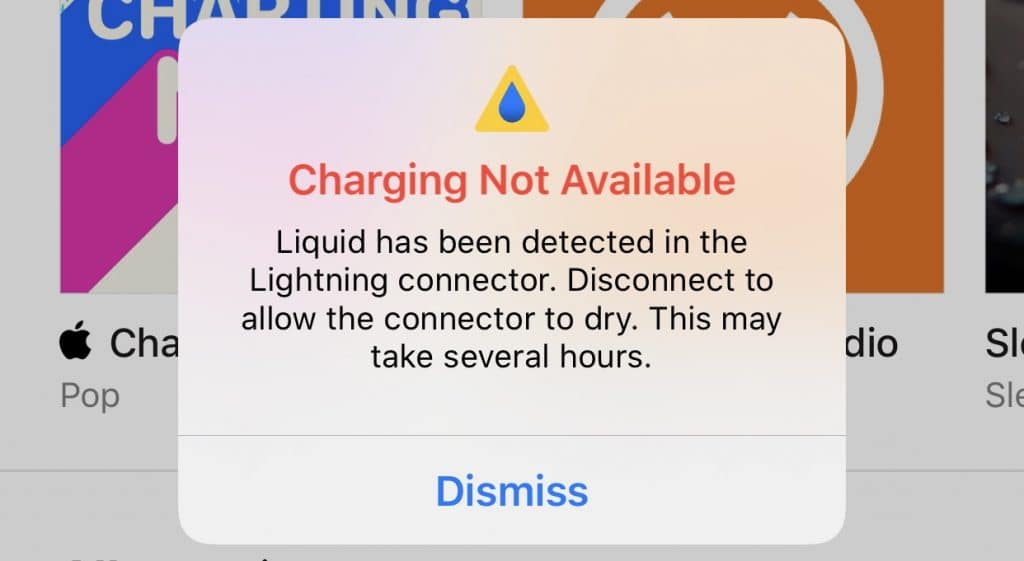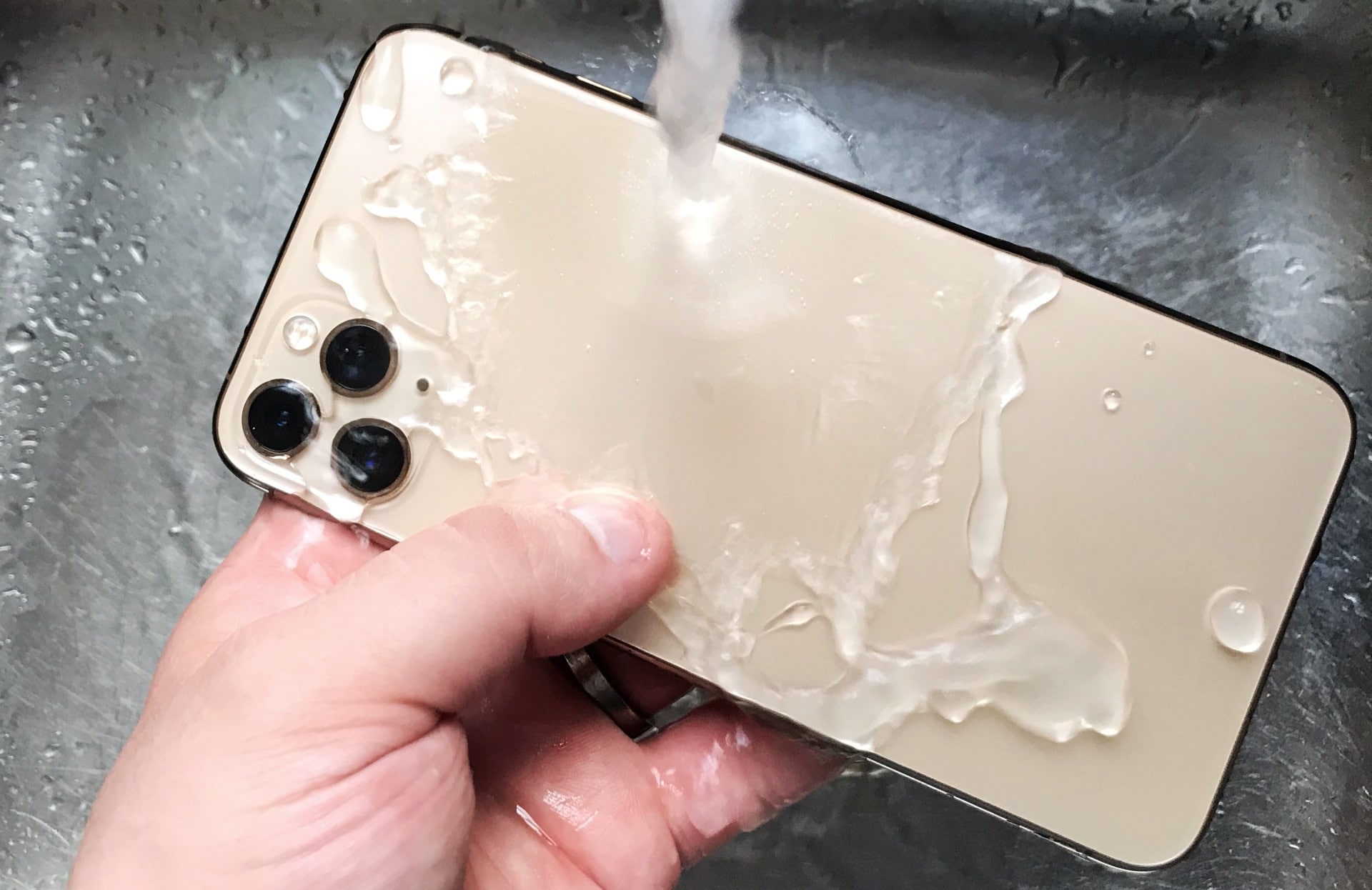A bit of a public service announcement, but if you’re jumping into the ocean or diving into a pool and your water resistant phone is with you, be sure to wash it off later on.
Depending on how new your phone is, there’s a good chance you have something water resistant, marked on the box it came in with an IP rating. Also known as “Ingress Protection”, it’s a rating that typically tells you if your gadget can survive the elements, with the first number being particles like dust or dirt, and the second being water. Each number means something specific, though these details are often lost on most people.
Instead, if you own an iPhone from version 7 or higher — including the iPhone 8, iPhone X, iPhone XR, iPhone XS Max, or one of the iPhone 11 models — or even a Samsung from the S7 onwards, a Pixel 2 through 4 (but not the 3a), a Huawei P20 Pro or P30 Pro, an Oppo R15 Pro, or another phone sporting some semblance of water resistance, you just know your phone can survive more than a chance encounter with water. That means you can spill wine on it, accidentally drop some beer, or take it into the pool or the sea.
But you should also know that while these are all liquids, the water rating isn’t rated for liquid that isn’t actually water. IP ratings are tested for clear water, specifically the stuff that comes out of your tap, and don’t take into account what other liquids may leave behind.
For instance, if you go swimming in a pool, a water-resistant phone is rated to deal with the liquid, but not necessarily the chlorine in the pool. Over time, chlorine could damage the phone, and means if you go swimming with a waterproof phone, you should wash that phone under the tap to clear it of any of those residual substances possibly being left behind. The same goes for if you decide to run through a city fountain, which will possibly use chlorinated water, too.
It’s much the same sort of public service announcement if you’re jumping into the ocean with your phone in your pocket or out taking a photo, because sea water could leave traces of salt behind. Salt can be corrosive to electronic parts, and so if you do decide to head to the beach with your waterproof iPhone or something else, make sure to run it under the tap when you’re done. Be sure that the ports that could let water in are sealed or in place properly, such as with the SIM tray. Provided that’s not sticking out, you should be able to wash the phone off much like we have.
Apple even has a page to help make it clear just what you should be doing if a phone gets wet, and while it’s not necessarily going to explain the limitations of a waterproof Android, the information is still very much relevant to other water-resistant phones.
Note: only wash phones that have been rated for water resistance. If you wash a phone that isn’t waterproof, you’re probably going to break it.
When should I charge my phone after it has gotten wet?
We probably don’t need to explain to you that water and electricity don’t mix, and so you’ll want to make sure your phone is dried before plugging it in.
You can usually eyeball it, checking to see whether the bottom of the phone where that charge port is still has liquid in it, and if it does, consider blowing on it to force out whatever is left.
Alternatively, you’ll want to wait a few hours before plugging it back in, lest you risk the survival of the phone if water is still in the places it shouldn’t be.








